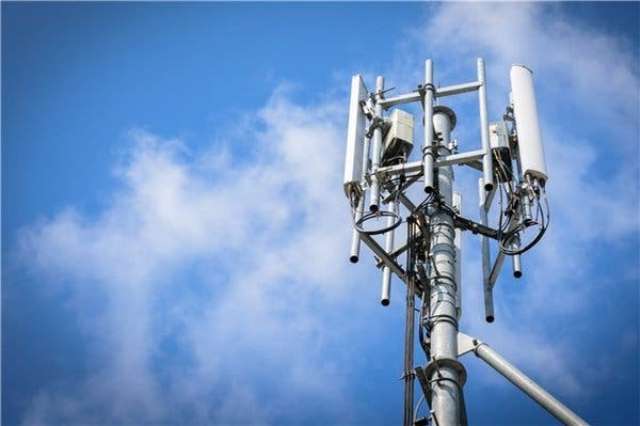Dell’Oro Group has published the latest report on the radio access network (RAN) market for the third quarter of 2020.
 “This shift from 4G to 5G, including low-band-and mid-band 5G NR, continued to accelerate at a torrid pace in the quarter, underpinned by stronger-than-expected 5G activity in multiple regions,” said Stefan Pongratz, vice president and analyst with the Dell’Oro Group.
“This shift from 4G to 5G, including low-band-and mid-band 5G NR, continued to accelerate at a torrid pace in the quarter, underpinned by stronger-than-expected 5G activity in multiple regions,” said Stefan Pongratz, vice president and analyst with the Dell’Oro Group.
The overall 2G to 5G RAN market increased 10 percent to 20 percent in the third quarter. The RAN market has now advanced on a year-over-year basis in eight out of the last nine quarters, reflecting positive momentum in multiple markets.
RAN revenue shares were impacted to some degree by the state of the 5G rollouts in China and North America.
Both Huawei and ZTE gained RAN share during the third quarter as investment in 5G network grew in China.
RAN vendor rankings remained stable between 2019 and the first three quarters of 2020. RAN evenue shares were impacted to some degree by the state of the 5G rollouts in China and North America. Huawei and ZTE gained approximately 5 percent points of revenue share between 2019 and 2020.
The outlook remains favorable for both macro and small cells. The combined 2020 and 2021 2G-4G and 5G base station shipments projected to cross 10 million units.
Total RAN market is projected to approach $70 billion to $80 billion for the combined 2020 and 2021 period due to investment in China, Europe, and North America.
FCC’s decision to deemphasize the importance of the mid-band spectrum has not impacted the overall Capex of telecoms in the US market.
This spectrum strategy is pushing the US operators to optimize allocation of the capex between capacity and marketing-driven investments.
RAN revenue in the North America increased 30 percent to 40 percent between 2016 and 2019. The North American RAN market remains on track for a fourth consecutive year of growth.
5G NR revenues more than doubled in the first nine months, accounting for 30 percent to 50 percent of the RAN market in the quarter.
Small cells are expected to continue playing an important role in 2021, approaching 10 percent to 15 percent of the overall RAN market. The outlook for mmWave remains favorable, with more than 100 operators investing in the technology.
Open and virtual RAN continues to gain momentum, bolstered by Ericsson now formalizing its support with its Cloud-RAN announcement.
Some suppliers are already shipping O-RAN compatible radios. At the same time, the lion share of any RAN swaps is still going to the traditional RAN players, suggesting the technology remains on track but the smaller players also need to ramp up investments to secure larger brownfield wins.





